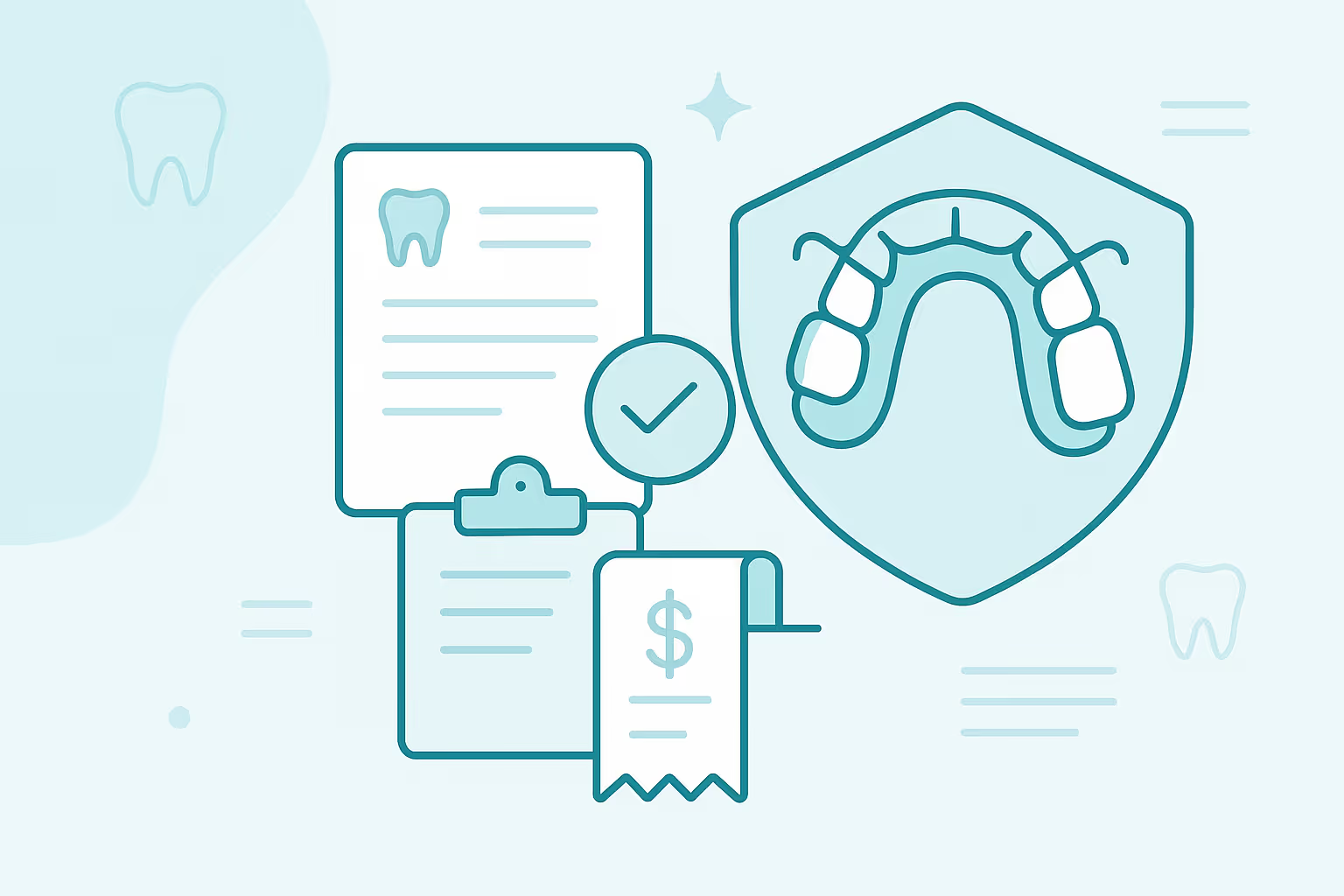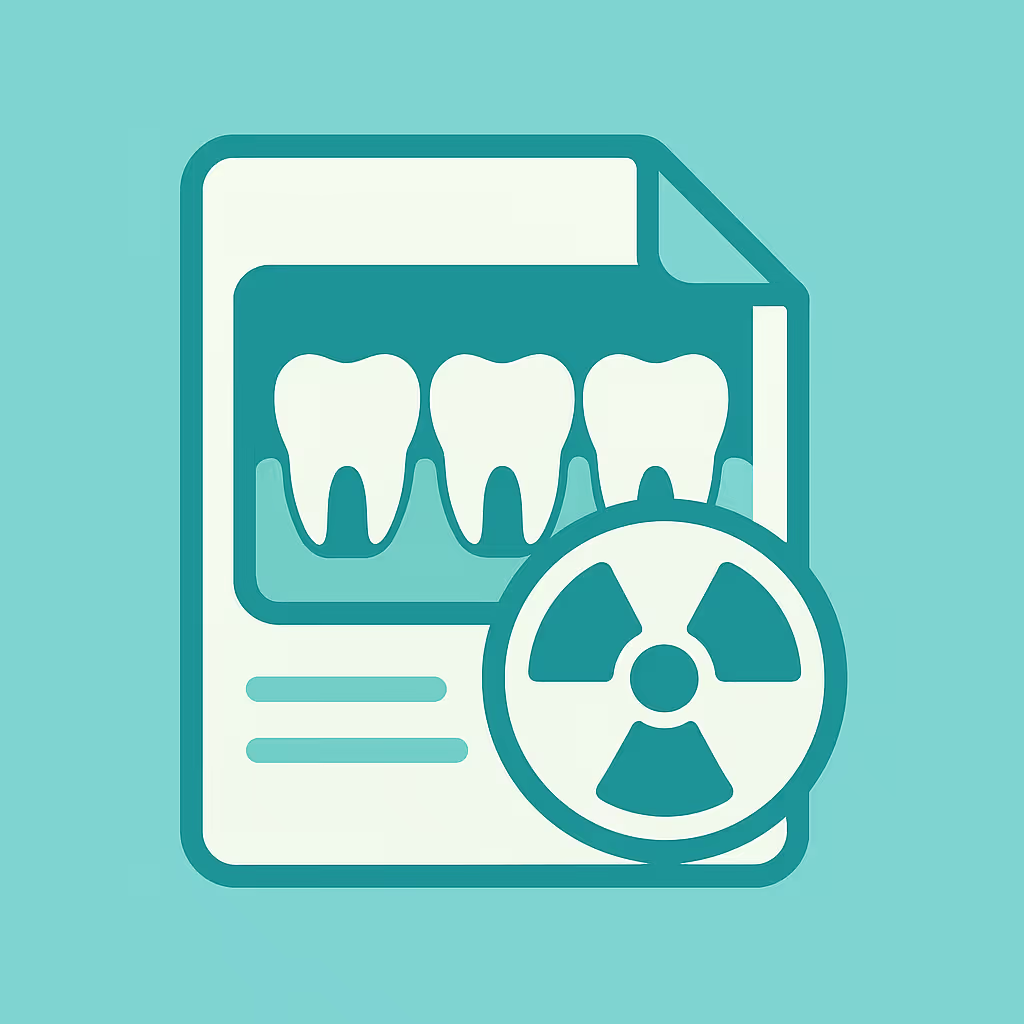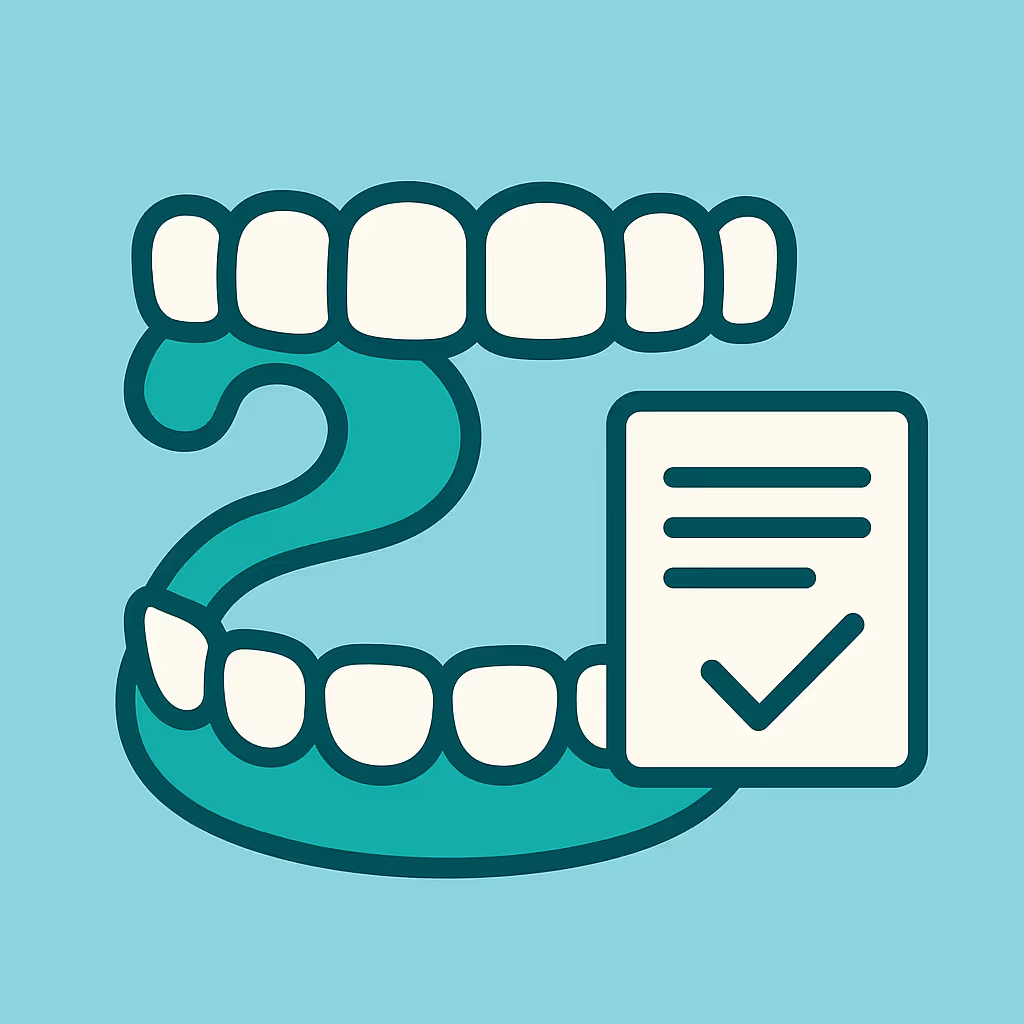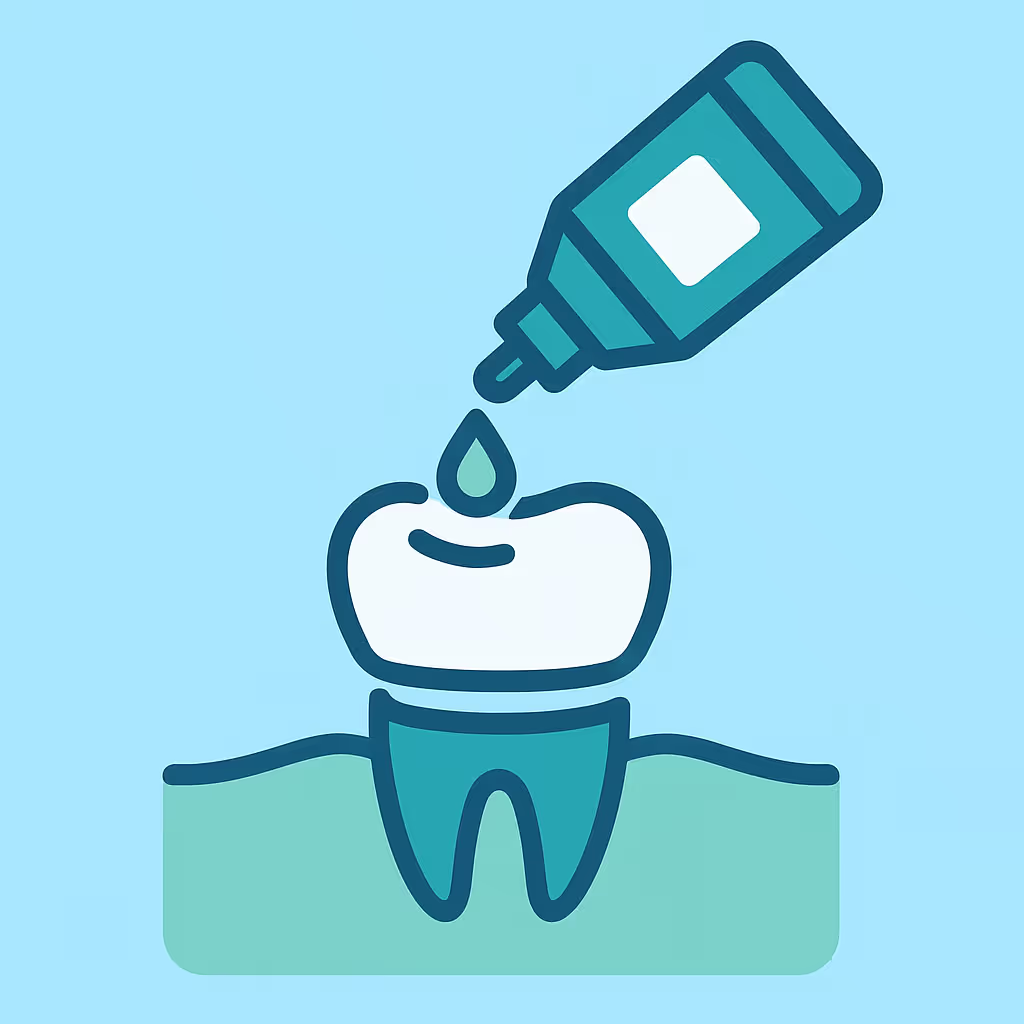Understanding Dental Code D7997
When to Use D7997 dental code
The D7997 dental code is designated for the removal of an appliance—such as an archbar or other stabilization device—by a dentist who did not place the original appliance. This code is most often used in oral surgery or trauma cases, where the patient may have had an appliance placed by a specialist, hospital, or another provider and now requires removal by your office. It is important to note that D7997 includes the removal of the archbar itself and should not be used if your office was responsible for the initial placement. For removal by the original provider, refer to the code used for placement or a different removal code as appropriate.
Documentation and Clinical Scenarios
Accurate documentation is critical when billing D7997. Your clinical notes should clearly state:
- The type of appliance being removed (e.g., archbar, splint, fixation device)
- Confirmation that your office did not place the appliance
- The reason for removal (e.g., completion of healing, patient discomfort, or device malfunction)
- Any complications encountered during removal
Common clinical scenarios include:
- Patients referred from an oral surgeon or emergency department for archbar removal after jaw fracture healing
- Removal of stabilization devices placed by another provider following facial trauma
Always include supporting documentation such as referral notes, radiographs, and pre/post-removal photos when submitting claims. This helps justify the use of D7997 and supports claim approval.
Insurance Billing Tips
To maximize reimbursement and minimize denials when billing D7997:
- Verify patient benefits before the appointment to confirm coverage for appliance removal by a different provider.
- Submit detailed clinical notes and supporting documentation with your claim. Clearly indicate that your office did not place the appliance.
- Use the correct CDT code—D7997. Do not substitute with codes for appliance placement or for removal by the placing provider.
- Review the Explanation of Benefits (EOB) for any denial reasons. If denied due to lack of documentation, prepare a thorough claim appeal with additional clinical details and referral correspondence.
- Track accounts receivable (AR) for these claims, as they may require follow-up or appeals due to their unique nature.
Some payers may request proof that your office was not the original provider. Keep referral letters and prior treatment records on file to expedite this process.
Example Case for D7997
Case: A patient presents to your dental practice for removal of an archbar that was placed in the hospital following a mandibular fracture. Your office did not place the archbar but is now responsible for its removal after the patient’s healing period.
Best Practice Steps:
- Obtain and review the hospital’s operative report and referral letter.
- Document the patient’s healing status and the indication for removal.
- Perform the removal procedure, noting any complications.
- Submit a claim using D7997, attaching the referral, operative report, and your clinical notes.
- Monitor the claim status, respond promptly to payer requests, and appeal if necessary with additional documentation.
This approach ensures accurate billing, supports claim approval, and maintains compliance with dental insurance standards.





